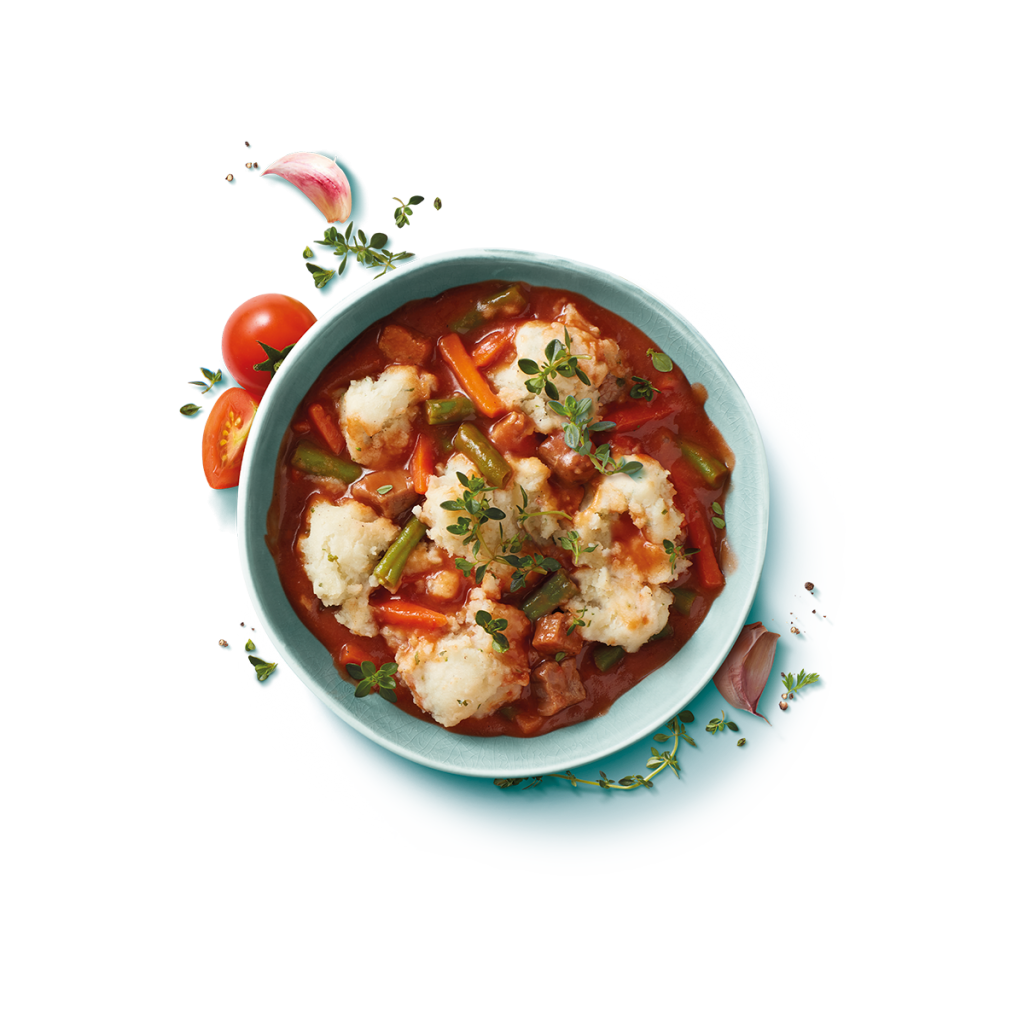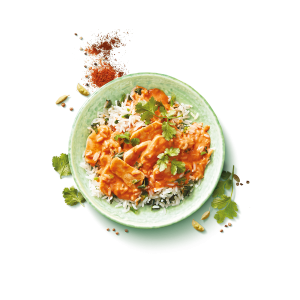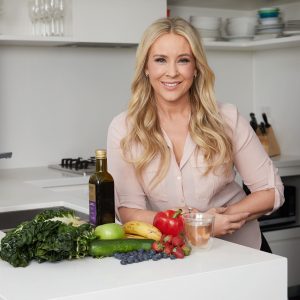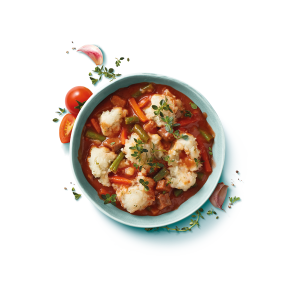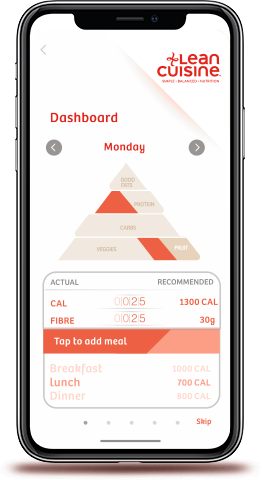Getting your carb balance right
Carbs are confusing. On some diets they are banned, on others and important energy source and then there are so many different types, how do you know which are the best options and how much you should be including in your diet. So, if you are confused by carbs, everything you need to know about them is right here.
What are carbs?
Carbs are found in plant-based foods and include fruits, starchy veges and legumes, grains as well as sugars like honey and sugar. While the body can utilise both complex and simple sugars, nutritionally wholegrain carbohydrates as well the carbs found in whole foods such as legumes, fruit and starchy veges like sweet potato are digested more slowly than processed carbs found in snack foods, white varieties of bread and rice and sugars.
Aim for a carb at each meal
Every person is different and as such will have different carbohydrate requirements depending on age, activity levels and energy demands but as a starting point, aiming for one carb rich food at each meal and snack will help to keep blood glucose levels controlled and aid hunger management. Roughly ½ cup, 1 piece of fruit or 1 slice of bread is a serve or 15-20g of total carbohydrate. For example, there are just over 2 serves of carbs in the Lean Cuisine Veg’d Up Cottage Pie.
Pay attention to your hunger
Constantly feeling hungry can be a sign that your overall intake of carbs is too low for your energy demands. If this sounds familiar, increase the amount of carbs you are having at the meal before. For example, if you are hungry an hour after lunch, add an extra 1/2 cup of carbs, piece of wholegrain bread or fruit to see if you simply need a little more fuel. The average female will need at least 100-150g of carbs per day or roughly 30-40g at each meal, and intakes considerably lower than this can drive cravings and constant hunger.
Watch the added sugars
There is a big difference nutritionally between naturally occurring sugars in food and added sugars. Added sugars found in snack foods, baked goods and sweet treats are a concentrated source of energy, offer little nutritionally and are easily over consumed. For this reason, limiting your intake of added sugars to 25g or less each day will go a long way in keeping your overall carb intake on track. A quick check of food labels can help you to keep your added sugar intake controlled. Look for packaged foods or meals like Lean Cuisine that contain <10g of sugars per serve. Added sugars may also be described as rice malt syrup, glucose, rice starch, honey and syrup.
Cut back if you need
As carbs are the primary fuel for the muscles and the brain, we need a certain amount to keep the metabolism pumping but it is also possible to overdo them, especially if your goal is weight loss. So, if you are keen to lean up a little, lightening your intake of carbs later in the day and focusing more on protein and vegetable rich meals at night is a way to safely drop the kilos whilst still giving your body the energy it needs throughout the day. For example, try enjoying a filling, higher carb meal such as Lean Cuisine Veg’d Up Cottage Pie as a warm, filling lunch option before choosing meals such as soup, salad or lean fish with vegetables at night.

